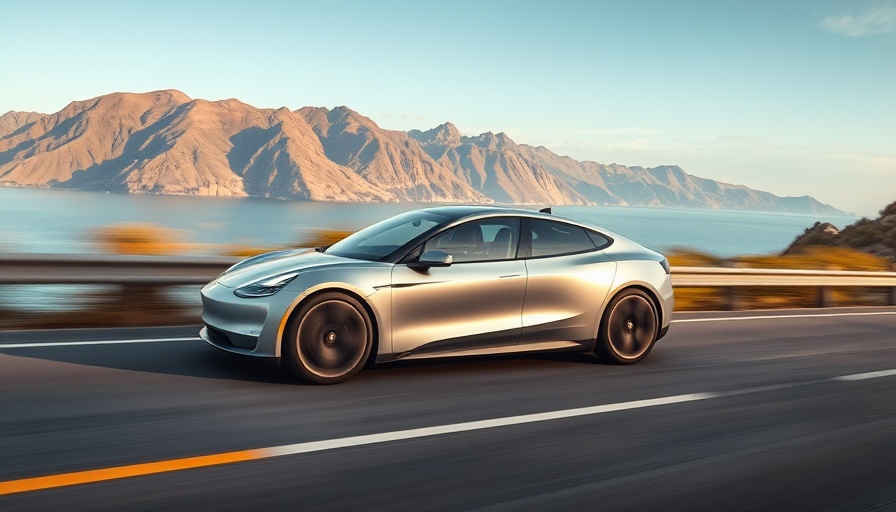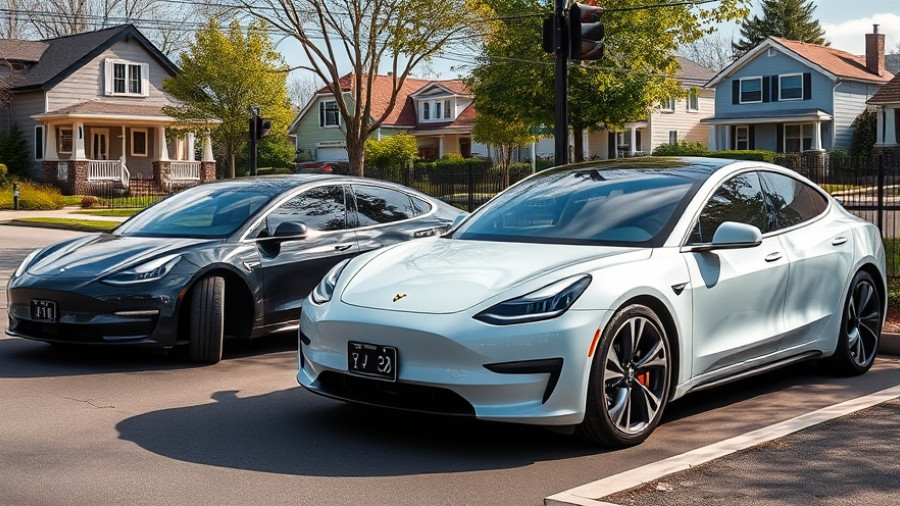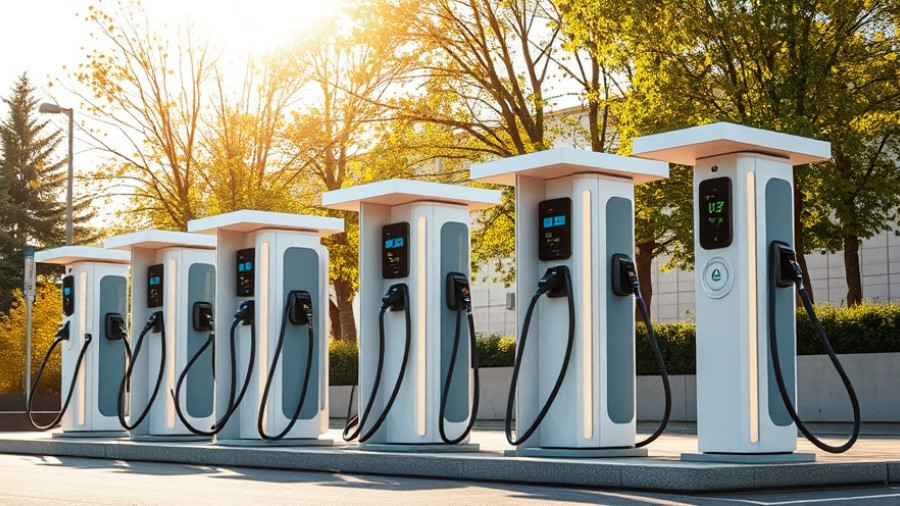
The Rise of Chinese Electric Vehicles in Europe
In a notable shift in the European electric vehicle (EV) landscape, Chinese brands have now overtaken Tesla in sales. February 2025 saw 164,148 new electric cars registered, marking a 26 percent increase year-on-year. This positive trend comes despite total car registrations falling by 2.5 percent overall, emphasizing the surging popularity of battery electric vehicles (BEVs) which now hold a market share of 17 percent. This surge signals a critical evolution in the market dynamics of electric vehicles.
Tesla's Market Challenges Amidst Transition
Tesla, once the undisputed leader in the EV market, is reportedly facing significant challenges. According to JATO Dynamics, the company’s market share plummeted from 18.4 percent at the start of 2024 to just 7.7 percent this February. Recent data shows a startling decrease in sales of Tesla’s popular Model Y, with registrations dropping by 56 percent to 8,800 units. The decline in sales seems largely attributed to the phasing out of the current Model Y in anticipation of an updated version, raising questions about demand once the new model reaches consumers.
Impact of Increased Competition
As Tesla grapples with this transitional period, fierce competition from established and emerging automotive brands is intensifying. Volkswagen took the lead as the top-selling EV manufacturer in February, reporting a remarkable increase in sales by 180 percent, resulting in 19,565 units sold. Other notable competitors like BMW, Audi, and Renault have also improved their EV standings significantly, suggesting a robust and competitive market ahead. The competitive edge that these brands hold may present risks for Tesla's market stronghold in this rapidly evolving industry.
Chinese Brands Gaining Ground
Chinese car brands, a rising power in the EV sector, registered 19,800 new electric vehicles in February, eclipsing Tesla's sales. Brand names like Geely and BYD are particularly noteworthy, signifying a growing influence in Europe. The Geely Group alone boasts an impressive 35 percent BEV share, highlighting a strategic focus on electric models that is yielding positive results. Volvo, owned by Geely, also made the top ten with 6,656 units sold, demonstrating the effective marketing strategies employed by these brands.
The Future of EVs in Europe
The electric vehicle market is poised for exciting developments as various brands compete for consumers’ attention. Current predictions suggest that the market will continue to grow substantially, with significant increases in BEV adoption expected in even the coming months. As companies like Tesla and Volkswagen adapt to market demands and consumer preferences amidst increasing competition, the potential for innovation in technology and design will also rise.
For consumers and businesses interested in sustainable transportation solutions, these trends provide valuable insights into the evolving landscape of electric vehicles. Investing in green technologies, such as solar-powered EV chargers and sustainable energy solutions, becomes crucial as the market continues to develop.
Conclusion: Embracing the Shift Towards Electric
The automotive industry is on the cusp of a significant transformation, with electric vehicles becoming an integral part of the future. The shift towards green energy solutions is not just about adopting electric vehicles; it also encompasses the broader transitions in how we harness and utilize power. Homeowners and businesses interested in solar and green energy can leverage these developments to create integrated energy solutions that support both sustainability and innovative technologies.
For more insights on navigating the evolution in electric vehicles and enhancing your green energy strategies, consider exploring initiatives and technologies that align with the growing trend towards sustainability.
 Add Row
Add Row  Add
Add 



Write A Comment